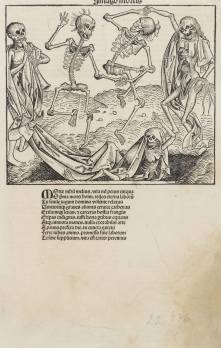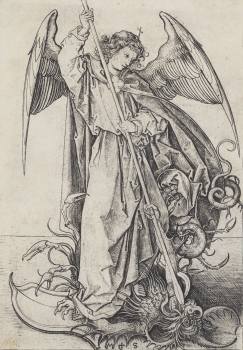The
art of printmaking on the European continent emerged specifically in
German-speaking countries in the course of the 15th century. Originally, only
single sheets with impressions from wooden or metal blocks were printed. The
first woodcuts, metalcuts, and, later on, engravings were initially made as
single-sheet prints that mainly dealt with religious subjects. With the
invention and development of book printing, illustration prints were also
incorporated into printed books beginning roughly in the 1470s.
The oldest single-sheets are very rare today. Their visual language is highly expressive owing to the technique used that required considerable stylization and conciseness. During the 15th century, printmaking was very much improved, and great masters such as Martin Schongauer and, later on, Albrecht Dürer recognized the creative potential of printmaking – a process that was elevated in the late 15th century to an art medium in its own right.
The Collection of Prints and Drawings preserves a group of rare early metal cuts and woodcuts, as well as works of artists who heralded the future development of printmaking. It is from these prints that we have compiled a collection for this small exhibition.
The oldest single-sheets are very rare today. Their visual language is highly expressive owing to the technique used that required considerable stylization and conciseness. During the 15th century, printmaking was very much improved, and great masters such as Martin Schongauer and, later on, Albrecht Dürer recognized the creative potential of printmaking – a process that was elevated in the late 15th century to an art medium in its own right.
The Collection of Prints and Drawings preserves a group of rare early metal cuts and woodcuts, as well as works of artists who heralded the future development of printmaking. It is from these prints that we have compiled a collection for this small exhibition.
Curator: Alena Volrábová
1—1 / 5











